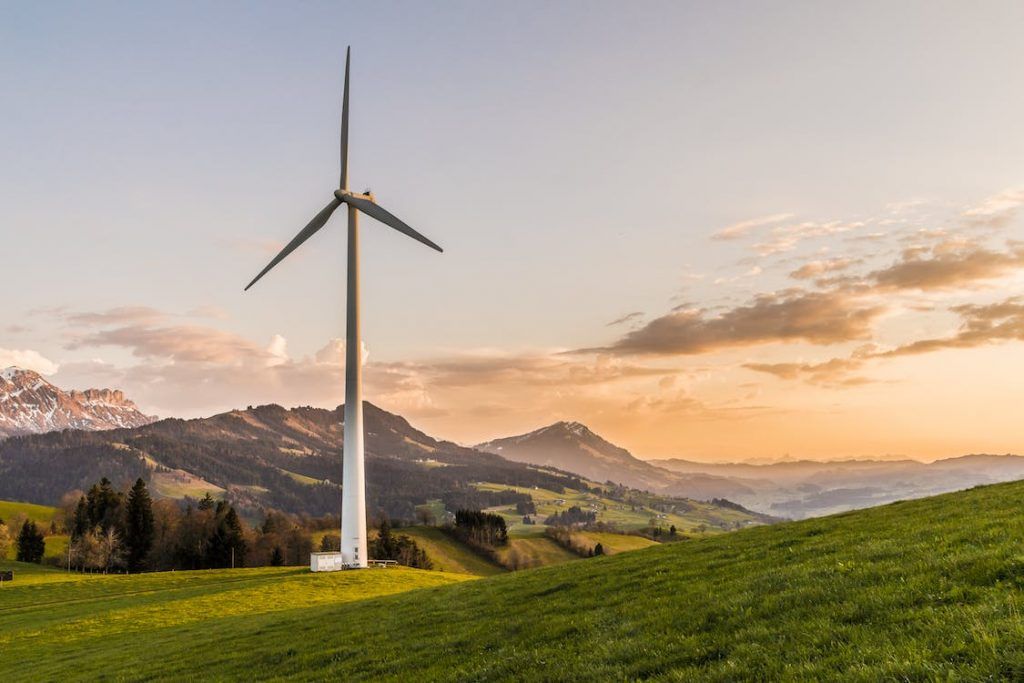The production of wind turbines requires several metals and minerals, including steel, copper, zinc, lithium, nickel, molybdenum, iron, boron and lead, among others, according to the Mexican Mining Chamber (Camimex).
To build a 3-megawatt wind turbine 150 meters high requires: 1 ton of concrete, 335 tons of steel, 4.7 tons of copper, 3 tons of aluminum, 2 tons of rare earths and other materials such as zinc and molybdenum.
Wind turbines
In addition to this, Camimex highlights the following examples.
Neodymium, iron, boron and dysprosium
These metals are used in the permanent magnet of generators to drive the turbine.
Lead, lithium, nickel and sodium
Energy storage systems are the elements that allow renewable energies to be integrated into the electrical grid.
Molybdenum and zinc
They allow the steel used to build the tower to remain in good condition for longer. A zinc spray is what will allow the tower to be protected against corrosion.
According to Eneti, wind turbines are typically warranted for 5 to 10 years of operation and wind turbine suppliers (i.e. Siemens Gamesa, GE, Vestas) provide a service level agreement to the wind farm operator during this period to provide maintenance and service to the turbines.
After this initial warranty period, the wind farm operator can choose to contract the services of the supplier, maintain and repair the wind farm using in-house equipment, contract with a specialized company, or develop an intermediate arrangement where the turbine technicians are transferred to the wind. farm owner at the end of the warranty period.
Since inflation is trending upward, component costs are expected to increase to compensate for future maintenance under the warranty agreement.
Excess offshore wind capacity can now serve as an alternative fuel source for hydrogen electrolysis, a versatile energy storage, transmission and fuel technology that can be used to decarbonize many hard-to-reduce industries and applications.
Because building electrolysis requires so much capital, companies are eager to maximize utilization, a goal that offshore wind also supports due to its high capacity.

